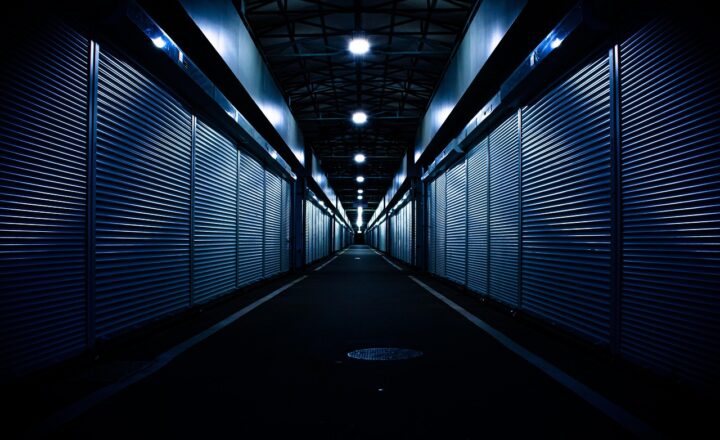The introduction of the Video Cassette Recorder (VCR) in the late 20th century fundamentally altered the landscape of family entertainment. Before the VCR, families were at the mercy of television schedules and movie theater timetables; however, after its arrival, the home viewing experience expanded exponentially. In this article, we will take a detailed journey through how owning a VCR revolutionized family entertainment, fostering new forms of interaction, bonding, and preservation of memories.
1. The Birth of the VCR: A New Age in Home Entertainment
The VCR, initially released to the household market in the mid-1970s, provided families with an unprecedented opportunity to watch movies in the comfort of their homes, at their convenience. Unlike traditional media, the VCR allowed families to take control of their viewing habits, thus marking a significant shift in entertainment culture.
The first models, such as the Sony Betamax, and later, the more successful VHS format, brought a myriad of films right to the living room. The allure of being able to pause, rewind, and record shows drastically changed how families consumed media.
– **Home Movie Rentals:** With the burgeoning video rental stores in the 1980s, renting movies became a family tradition. No longer did families need to travel to the cinema; they could choose from hundreds of titles, ranging from classics to the latest blockbusters, drastically enhancing their options.
– **Affordable Family Entertainment:** The cost to rent a movie was a fraction of taking the entire family to a theater. This made it economically feasible for families to enjoy films regularly, turning movie nights into a consistent tradition.
2. The Home Video Library: Building a Family Collection
The advent of the VCR wasn’t just about watching movies; it was about creating memories associated with them. Families began to build their home video libraries, collecting their favorite movies over the years.
– **Personalization of Entertainment:** Families could curate their collections based on individual tastes and preferences, making each collection unique. This personalization allowed for more meaningful viewing experiences.
– **Documenting Special Moments:** The VCR’s ability to record home videos became a game changer. Families embraced the technology, using it to capture milestones such as birthdays, graduations, and holidays. These recorded memories created an emotional connection to the content and became treasured family heirlooms.
By transforming an entire room into a media hub, the VCR enabled families to revisit those special moments repeatedly.
3. Shifting Social Dynamics: Family Bonding Over Films
The television-watching experience was transformed from a solitary activity into a shared event. Families began to gather around their VCRs, making movie nights an essential family tradition.
– **Engaging in Conversations:** Watching films together encouraged discussions, debates, and interactions that weren’t as prevalent during a theater viewing.
– **Cultural Moments:** Watching popular films such as *Star Wars* or *The Lion King* became cultural moments for families, creating common references that bonded them together. This collective experience fostered emotional intimacy, as families laughed, cried, and cheered together.
– **Creating Traditions:** Friday night movie nights or holiday film marathons became common practices, enabling families to create lasting memories and traditions built around films.
The VCR plays a vital role in shaping the modern concept of family entertainment, where a shared experience became a cornerstone of family life.
4. The Rise of Home Video: New Genres & Formats
Before the VCR, families were primarily exposed to whatever was offered through television and theaters. After the introduction of home video technology, an explosion of new genres and films became accessible.
– **Home Movies and Independent Films:** The VCR allowed aspiring filmmakers to create and distribute their own content in ways that had not been possible before. Families could now explore independent films and home movies, adding diversity to their entertainment options.
– **Children’s Content:** More animated films and children’s programming was developed, filling a growing demand for family-friendly content. Disney, in particular, capitalized on this, launching successful marketing strategies around video releases.
– **Educational Opportunities:** The VCR became a tool for educational content. Schools began incorporating videos into their curricula, and families found that they could purchase educational tapes covering everything from science experiments to language learning, ultimately enriching family life.
5. Technological Advancements: The Legacy of the VCR
While the VCR may seem outdated today, it laid the foundation for subsequent developments in home entertainment technology. Just as the VCR impacted family entertainment, devices like DVD players, streaming services, and digital media players further evolved how families consume content.
– **Evolution of Home Viewing Habits:** The convenience of the VCR paved the way for the rise of DVDs and later streaming services. Families grew to expect flexibility and choice in their media consumption, fundamentally changing the entertainment landscape.
– **Media Access:** The accessibility of films and television shows became easier than ever due to digitalization, leading to a tendency to binge-watch as seen today.
– **Continued Legacy:** The communal family environment once fostered by the VCR still exists in modern contexts, with family movie nights continuing to be a cherished tradition, albeit with screens of different sizes.
Conclusion: The Enduring Impact of VCR on Family Entertainment
Owning a VCR fundamentally changed family entertainment forever. It shifted the control of viewing experiences from the broader media to individual families. The VCR enabled families to curate their entertainment experiences, build unique memories, and engage in shared culture. In retrospect, it paved the way for a new paradigm in viewing habits that continues to evolve today.
As we look back on the era of the VCR, it’s essential to recognize its profound influence on family life. It represented more than just a gadget; it was a conduit for joy, togetherness, and storytelling that transcended generations. While times have changed, the core values of family entertainment remain, forever shaped by the legacy of owning a VCR.







